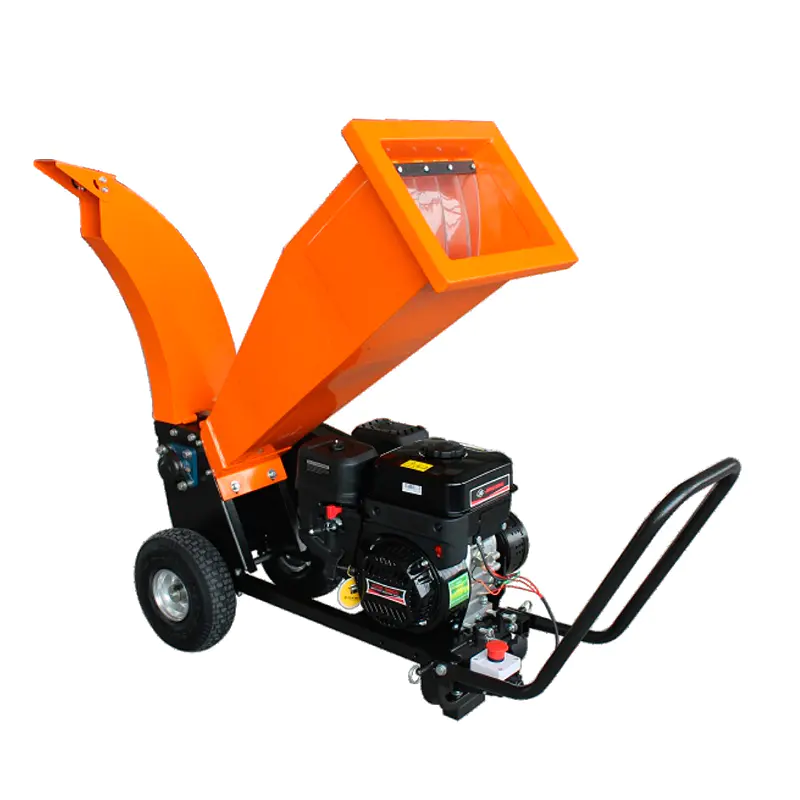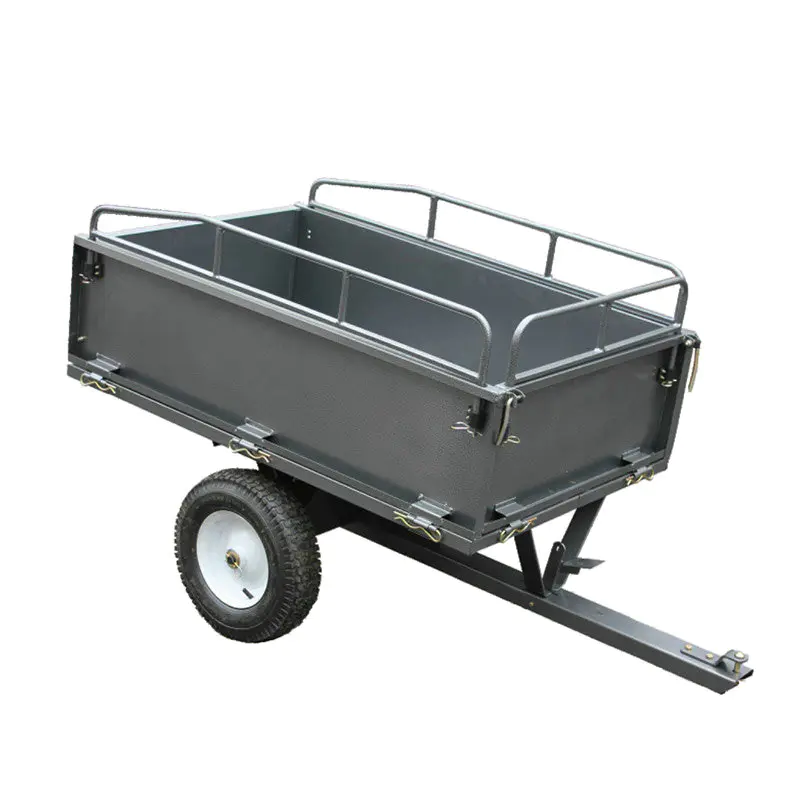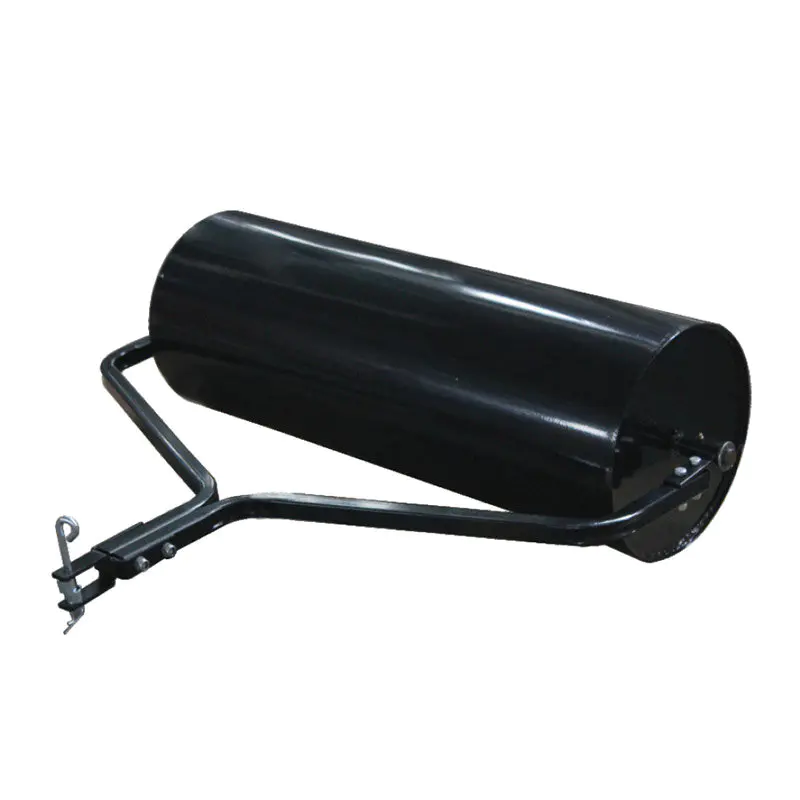For professionals and serious users in the forestry, landscaping, and firewood production industries, the purchase of a gas log splitter is a significant investment. The core objective is to acquire a machine that delivers consistent, powerful performance over many years, often in demanding and unforgiving work environments. The single most critical factor determining the longevity and reliability of this equipment is the design and construction of its main structural component: the chassis. Among the various designs available, the full beam chassis has established itself as the benchmark for durability.
Understanding the Core Structural Components: What is a Beam Chassis?
Before delving into the advantages of the full beam design, it is essential to understand the role the chassis plays in a gas log splitter-full beam or any other type. The chassis, or beam, is the backbone of the entire machine. It serves as the track on which the hydraulic ram and splitting wedge travel, and it must withstand the immense forces generated during the splitting process. When a gas log splitter-full beam operates, the hydraulic system creates tons of pressure to push the log into the wedge or the wedge into the log. This force does not simply vanish; it is transferred directly into the chassis. A weak chassis will flex, bend, or warp under this repeated stress, leading to premature wear of other components and, ultimately, machine failure. Therefore, the integrity of the beam is synonymous with the durability of the entire commercial log splitter.
A Comparative Analysis of Common Chassis Designs
To fully appreciate the full beam, one must compare it to the alternatives that are often found on lower-cost or lighter-duty models. The primary designs encountered in the market are the C-channel, the I-beam, and the full beam.
C-Channel Designs: This design utilizes a steel beam with a cross-section shaped like a “C” or a “U”. It is a common feature on many low-cost log splitters. The primary weakness of the C-channel is its open design, which makes it inherently prone to flexing and spreading apart under heavy load. This “springing” effect absorbs a portion of the splitting force, reducing efficiency and, over time, causing permanent deformation.
I-Beam Designs: The I-beam, shaped like an “I” in cross-section, is a common structural element in construction and is sometimes used in log splitters. It offers better vertical strength and resistance to bending compared to a C-channel. However, its weakness in a log splitter application lies in its flanges. The flanges of a standard I-beam can be susceptible to twisting or buckling under the uneven or off-center loads that frequently occur when processing knotted or irregularly shaped wood.
Full Beam Designs (Twin Cylinder or Box Beam): Also known as a box beam or a twin-cylinder beam, the full beam is a fully enclosed, rectangular structural member. It is the design of choice for any professional grade log splitter. Its closed, four-sided construction is the fundamental source of its superior strength and durability, which we will explore in detail in the following sections.
The table below provides a concise comparison of these core designs:
| Chassis Design | Cross-Section Shape | Typical Application | Primary Durability Concern |
|---|---|---|---|
| C-Channel | " C " | Light-Duty, Low-Cost Models | Prone to flexing and spreading open under load. |
| I-Beam | " I " | Mid-Range Models | Flanges can be prone to twisting or buckling. |
| Full Beam | " ■ " (Closed Box) | Professional & Commercial Models | Superior overall strength; minimal inherent weaknesses. |
The Inherent Strength of a Closed Design: Resisting Flex and Torsion
The most significant durability advantage of a full beam chassis is its resistance to flexural and torsional stress. In engineering terms, a closed, rectangular section has a much higher torsional constant and moment of inertia compared to an open section like a C-channel or even an I-beam when subjected to the specific forces of log splitting.
Eliminating Lateral Flex: When a gas log splitter-full beam is in operation, the hydraulic ram exerts tremendous force along the length of the beam. In a C-channel design, this force attempts to push the two open sides of the “C” apart. This lateral flex not only wastes energy but also creates a cyclical stress point at the welds and connections. Over thousands of cycles, this can lead to metal fatigue and cracking. The fully enclosed nature of the full beam chassis completely eliminates this failure mode. The four welded sides support each other, creating a rigid structure that resists any tendency to deform laterally, ensuring that nearly all the hydraulic force is transferred directly into splitting the wood.
Resisting Torsional Strain: Log splitting is rarely a perfectly centered operation. Knots, twisted grain, and irregular log shapes can create off-center loads that impart a twisting force on the beam. An I-beam, while strong in vertical bending, is not optimized to handle this kind of torsion. The full beam, with its symmetrical, boxed design, provides exceptional resistance to these twisting forces. This ensures that the ram continues to travel in a straight line, preventing binding and reducing wear on the hydraulic cylinder’s seals and rod. This torsional strength is a critical feature for a high durability log splitter that will face real-world, unpredictable splitting conditions.
Enhanced Wear Resistance and Component Longevity
The durability of a gas log splitter-full beam extends beyond the beam itself to all the components that interact with it. A rigid, non-flexing chassis is the foundation for the long-term health of the entire machine.
Protecting the Hydraulic Cylinder: The hydraulic cylinder is the most critical and expensive component on any log splitter. It is mounted directly to the chassis. If the chassis flexes under load, it misaligns the cylinder, forcing the piston rod to push at a slight angle. This side-loading is a primary cause of seal failure, scored piston rods, and premature cylinder wear. The unwavering stability of a full beam chassis ensures the cylinder remains in perfect alignment throughout its stroke, dramatically extending its operational life and preventing costly repairs.
Providing a Stable Path for the Push Plate and Wedge: The hydraulic ram pushes a “push plate” that travels along the beam. This plate, or the splitting wedge itself, is guided by the beam’s surface. A beam that flexes causes this travel path to become inconsistent. This can lead to increased friction, binding, and uneven wear on the wear strips and the beam’s surface. The consistent, rigid track provided by a full beam ensures smooth, low-friction travel for the moving components, reducing maintenance needs and preventing premature failure of these parts. For a buyer concerned with long lasting log splitting equipment, this protection of peripheral components is a major consideration.
The Impact on Operational Performance and Consistency
Durability is not just about lasting a long time; it is about maintaining performance throughout the machine’s lifespan. A gas log splitter-full beam delivers operational advantages that are directly tied to its robust construction.
Consistent Splitting Power: A chassis that flexes absorbs energy. This “lost” energy is force that is not being used to split wood. It manifests as a slight hesitation or a perceived lack of power when encountering a tough log. The full beam chassis, by virtue of its minimal flex, ensures that the full force of the hydraulic system is delivered efficiently to the log. This results in more consistent performance, fewer stalls, and the ability to handle tougher, knottier wood species without issue. This powerful gas log splitter performance is a direct result of its durable foundation.
Reliability in Demanding Conditions: Commercial firewood producers and landscaping crews cannot afford downtime. A machine that is constantly needing adjustments or repairs due to a bent or warped beam is a liability. The full beam chassis is engineered for continuous commercial use. Its ability to withstand years of repetitive, high-tonnage cycles without degradation makes it the most reliable choice for business-critical operations. This reliability is a key feature for anyone searching for a commercial gas log splitter for sale.
Long-Term Cost of Ownership and Investment Value
While the initial purchase price of a gas log splitter-full beam is often higher than that of models with C-channel or I-beam designs, the long-term cost of ownership tells a different story. The true cost of equipment includes not only the purchase price but also maintenance, repair, and replacement costs over time.
Reduced Maintenance and Repair Costs: As detailed previously, the full beam design protects the hydraulic cylinder, wear strips, and other moving parts from undue stress. This translates directly into fewer breakdowns, less frequent replacement of seals and components, and lower maintenance costs over the life of the machine. The cost of rebuilding or replacing a hydraulic cylinder alone can be a significant fraction of the cost of a new, lower-quality log splitter.
Higher Resale Value: Equipment that is known for its durability holds its value far better. A well-maintained professional grade log splitter with a full beam chassis will have a strong resale value on the used market years after a lighter-duty machine would have been scrapped. Buyers in the secondary market are often knowledgeable and actively seek out models with proven, durable designs. Therefore, the higher initial investment is partially recouped upon resale, further lowering the total cost of ownership.
In the realm of gas log splitter-full beam equipment, the chassis is the heart of the machine. The evidence clearly demonstrates that the full beam chassis offers unparalleled durability advantages over C-channel and I-beam designs. Its closed, boxed construction provides superior resistance to flexing and torsion, which in turn protects critical and expensive components like the hydraulic cylinder from premature wear and failure. This results in a machine that delivers consistent, powerful performance season after season, with greater reliability and a lower long-term cost of ownership. For the professional user, the landscaper, the firewood producer, or any serious buyer for whom downtime is not an option, the choice is clear. The full beam chassis is not merely an option; it is the essential foundation for a heavy-duty gas log splitter that is built to last. When evaluating a gas log splitter-full beam, the integrity of its chassis is the most important factor to consider, ensuring that your investment will provide reliable service for years to come.

 see more
see more
 see more
see more
 see more
see more
 see more
see more


